Kyoto Heian Hotel's Japanese Garden - Top Ranked By A US Magazine!

Located west of the Imperial Palace, Kyoto Heian Hotel's Japanese garden placed fourth in a 2017 ranking of gardens, by an American magazine called The Journal of Japanese Gardening. Today we'll tell you how to fully enjoy this attractive garden.
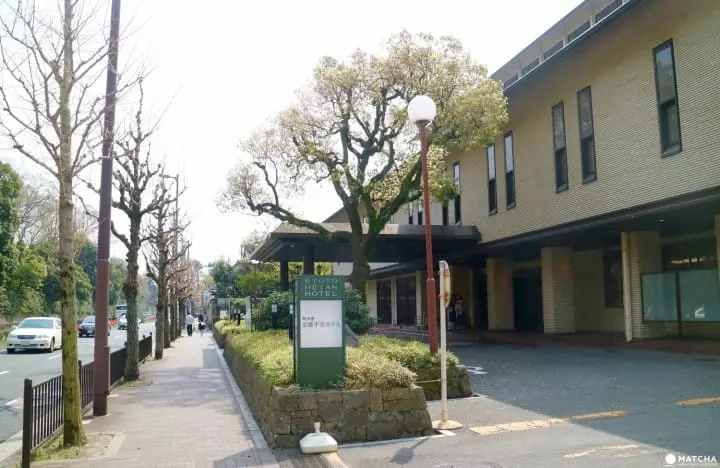
This is the Kyoto Heian Hotel, located west of the Imperial Palace in the central part of Kyoto, a city that enchants visitors from around the world.
When you enter the hotel and pass through the lobby, you'll arrive at a beautiful Japanese garden (teien) where you can enjoy going for a quiet walk.
It covers an area of 500 tsubo (Japanese measurement), or roughly 1650 square meters!
The garden has also received international recognition for its beauty. In a special American magazine called The Journal of Japanese Gardening, the garden was ranked number four on its 2017 list, just behind the gardens at the Adachi Museum of Art (Shimane prefecture), Katsura-Rikyu (Kyoto), and Yamamoto-Tei (Tokyo).
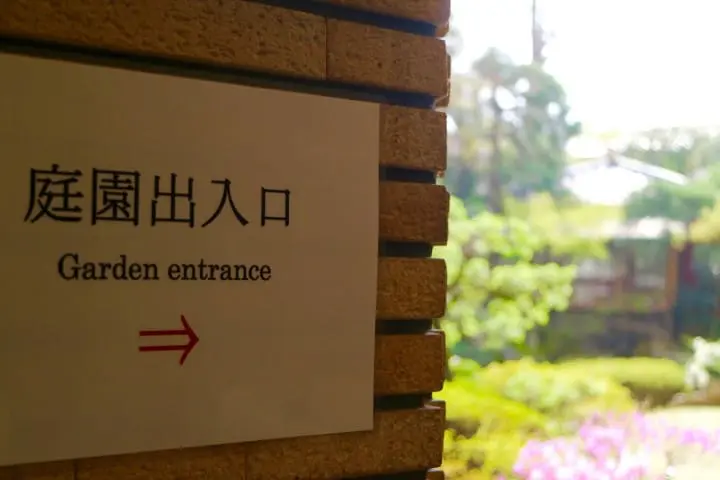
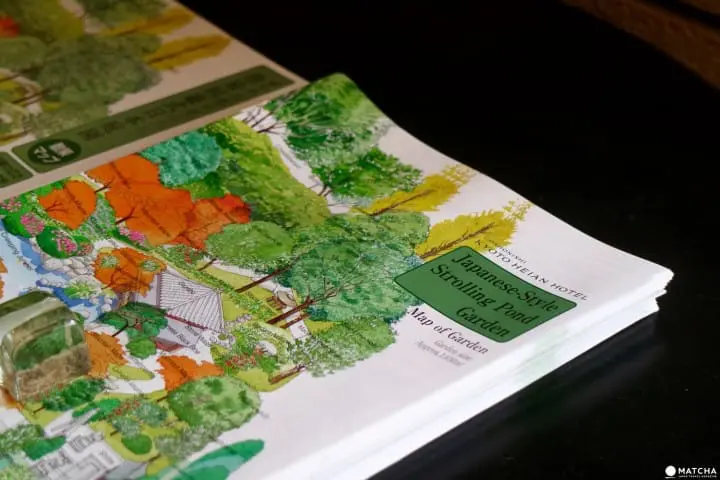
Many visitors who've come from as far away as North America, Europe and China, mention that they heard about this highly acclaimed garden from tourism-related websites.
Apparently many come via bus tours with groups of twenty to thirty people. It's easy to see that this is a popular attraction.
Just beside the garden's entrance, there's a garden map in both Japanese and English, so please feel free to have a look.
In today's article, we'll introduce the garden's attractive features and six ways in which to fully enjoy your visit here.
6 Ways to Appreciate This Traditional Japanese Garden
1. The Flowing Water
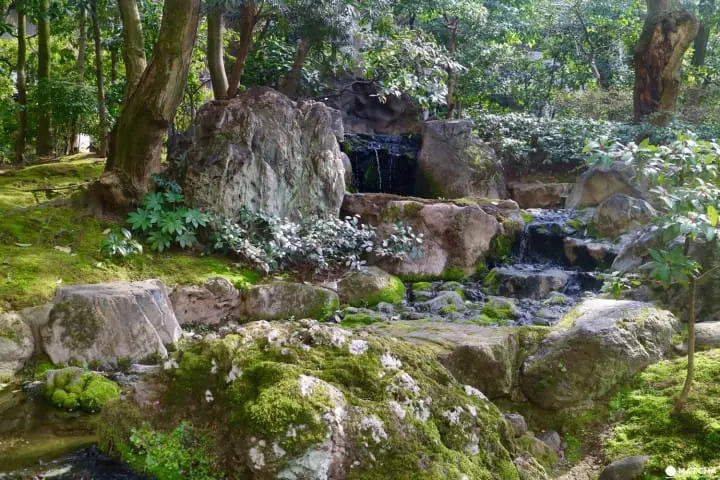
Generally speaking, gardens built during the latter part of the Edo Period, adopted a style called chisenkaiyushiki, in which the garden featured a path around a pond.
Characteristically there was a pond in the center, and around it they arranged mountains, rivers, and waterfalls modeled after natural scenery, with the garden surrounded by a path.
Water plays an important role in this style of Japanese garden, and there's even a small waterfall that could easily be mistaken for a real one!

In one corner of the garden there's a well, and the portion that sticks out above ground is called an izutsu. As you can see in the above picture, pure water is flowing out from the izutsu.

The water coming out from the well turns into a little stream and flows into the pond. You can savor the deep and profound style of these Japanese gardens, man-made and modeled after nature's atmosphere.
2. The Flowers and Shrubs

In this garden, you can enjoy the changing views of the flowers and trees during each season. When we visited the garden in the early spring, the beautiful pink-colored Rhododendron Pulchrum were in full bloom along the banks of the pond.
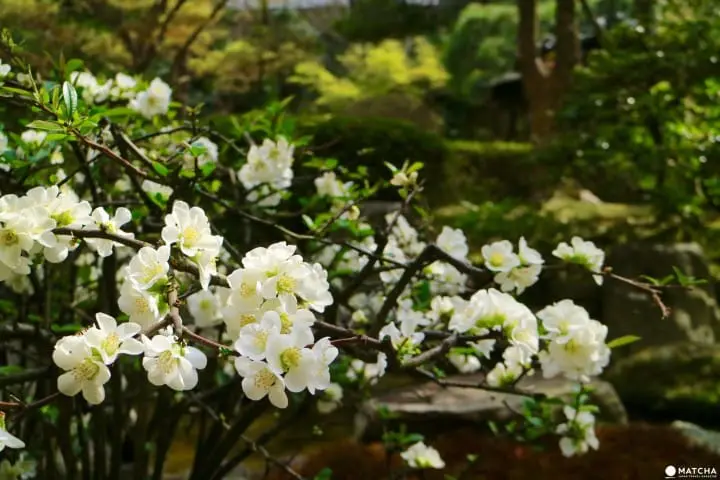
The white-colored spring flower in the above picture is the Japanese Quince. It's been said that it came from China during the ancient Heian Period. The Japanese Quince is a cute flower that is also suitable for bonsai.
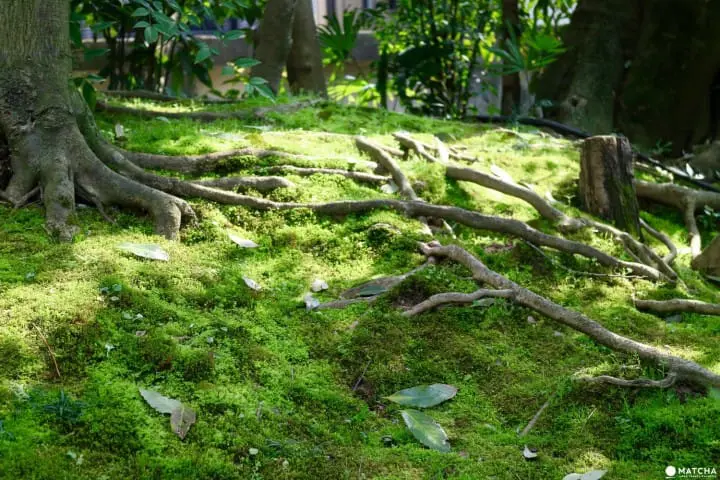
When you mention the appeal of a Japanese garden, what comes to mind isn't just the flowers, but also the moss (koke). The vegetation and fungi covering the surface of the ground, rocks and stones, is all referred to as moss.
The young, fresh-looking green moss is considered to be an indispensable element in creating a beautiful traditional Japanese garden. The moss is very delicate, so please take care not to step in areas where moss is growing.
In addition to the flowers we just introduced, there are as many as fifty different kinds of plants that can be enjoyed in the garden.
3. The Sounds of Nature
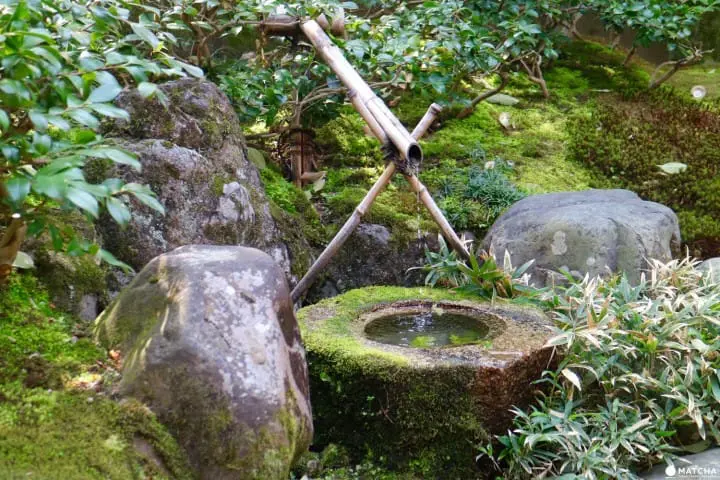
In the back of the park, there's a tsukubai and kakei, two essential ingredients for a Japanese garden. In the Japanese tea ceremony, it's a place to purify oneself with the ritual of washing one's hands.
The tsukubai is the washbasin holding the water, usually hollowed out from a stone or rock (chozubachi). The kakei is a pipe made from bamboo or other kinds of wood, that carries the water to the tsukubai.
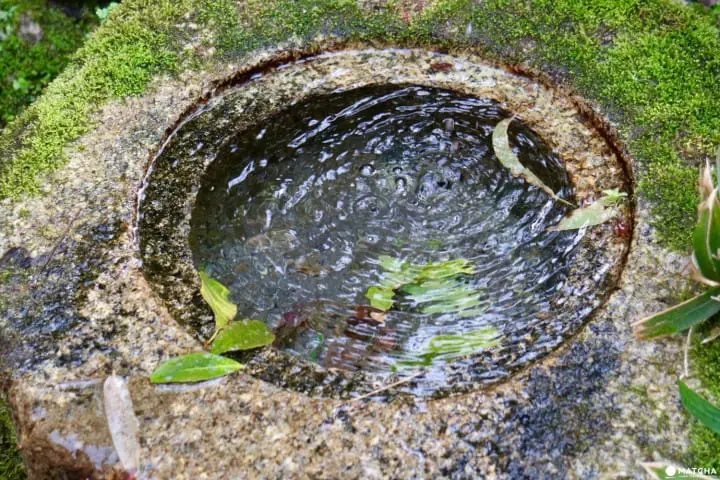
When the drops of water fall from the kakei into the tsukubai, they form beautiful ripple-like patterns on the serene surface of the water.
While in a peaceful state of mind in the tranquil garden, please enjoy the sound of the water dropping into the tsukubai and the reflection of the sky on the water's surface as it gently swirls around.
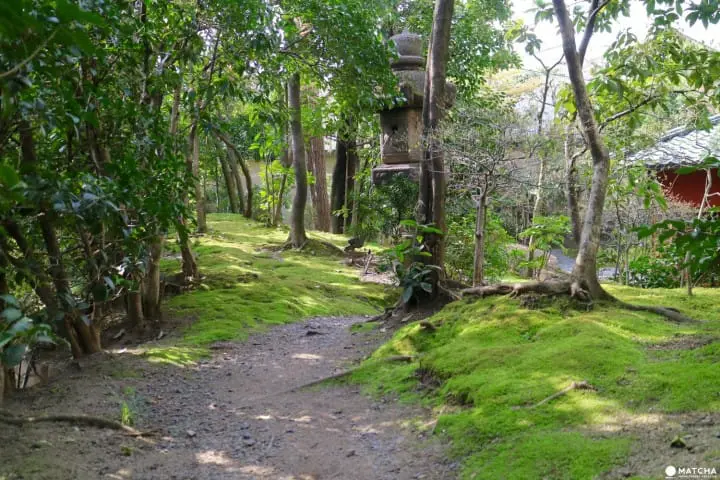

If you stop and listen carefully, you can hear a variety of sounds in this lush, green garden. For example, the chirping of the birds from each season and the rustling of the leaves as the trees blow in the wind, and the splashing of the colored carp (nishikigoi) as they jump on the surface of the pond, just to mention a few of the many sounds.
By the way, these carp are an improved species that have been bred into ornamental fish, and with their vivid colors and various shapes and sizes, have proudly become popular overseas as well.
Also, because carp are fish that have to go upstream over swift currents in order to grow and develop, they are considered a sign of good luck because they must overcome many obstacles for survival.
4. The Garden's Building and Ornaments
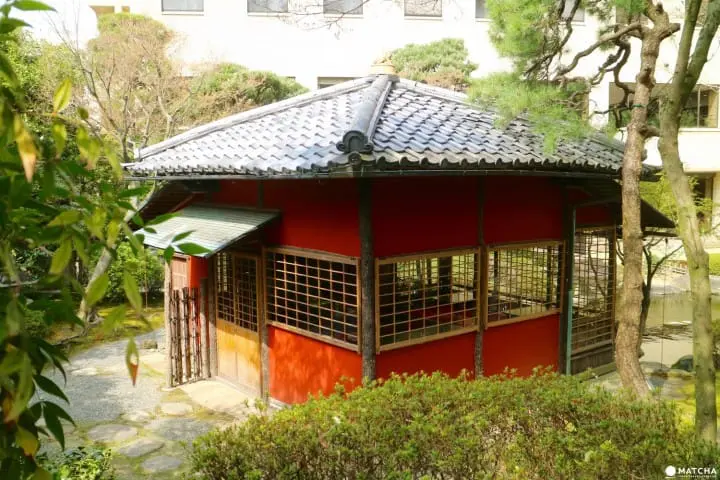
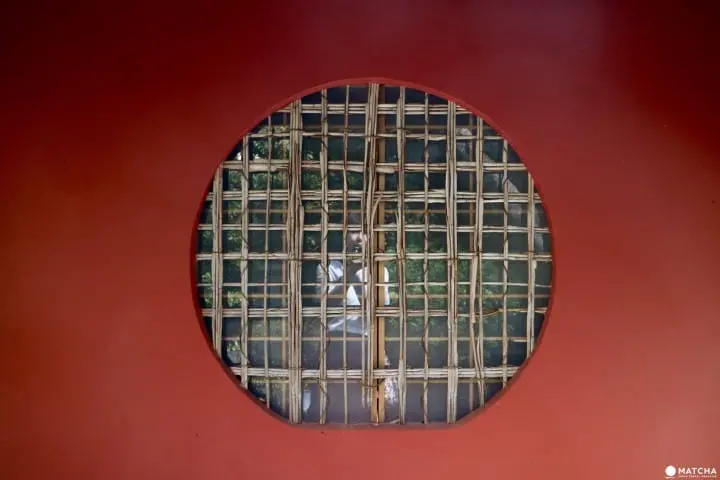
On the banks of the pond there's an azumaya, or Japanese-style gazebo, that serves as a little resting spot inside the garden.
Characterized by its vermilion-colored walls, this building is constructed mainly from bamboo, and its kitchen is made with Kitayama cedar, a Kyoto specialty. Visitors are not usually permitted inside.

In a remote part of the garden, there's a small stone torii gate and shrine.
This is Inari Jinja Shrine. It's dedicated to the deity who protects food (grains, cereals, rice), and also brings good luck in business.
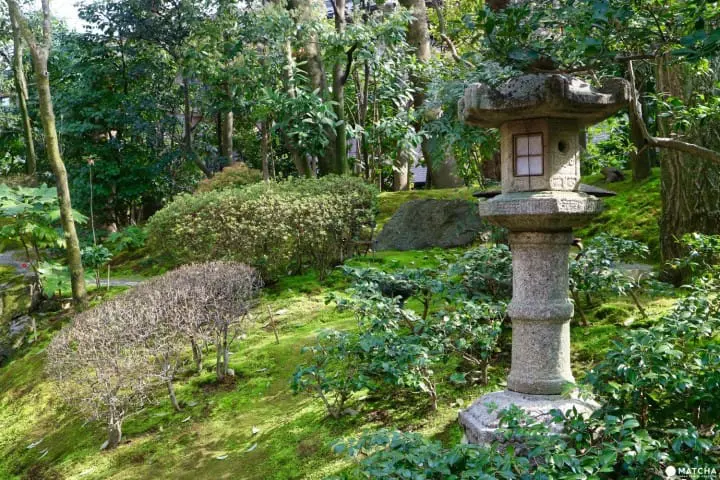
In the garden, there are a total of fifteen toro, both large and small.
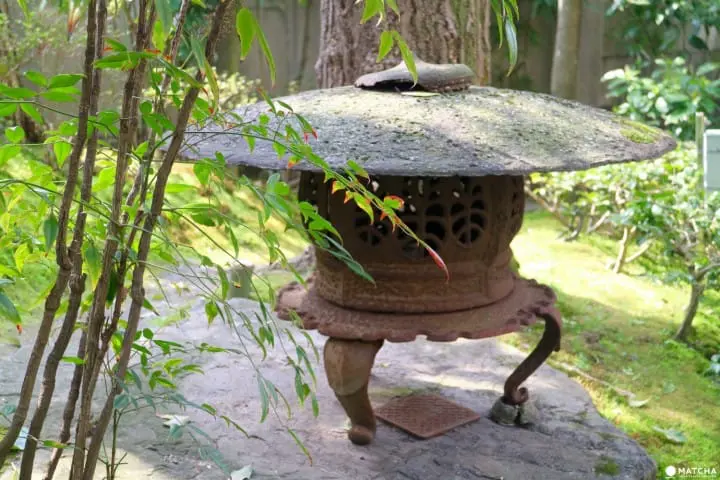
Most of the toro are made from stone, but some are made from metal. Each one has a measure of Japanese refinement and their sense of charm isn't diminished even in a photograph.

Situated next to the pond is rokkaku yukimi-doro, or a hexagonal-shaped, legged stone lantern. The upper part of the toro is called a kasa (literally umbrella), and this is a wide one that protrudes over the hexagonal-shaped fire-box, where the fire is lit.
Also, in the winter you can enjoy the sight of the snow as it falls and accumulates on the ground. Hence this toro was given the name yukimi, yuki (snow)+ mi (look).
You would have to agree that this tasteful and elegant scene is the result of a carefully thought out arrangement of elements.
5. The View of the Garden From Inside the Hotel
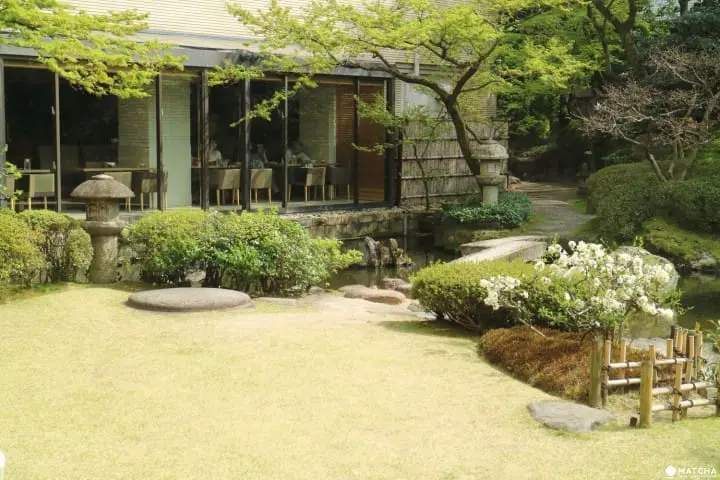
After a nice leisurely walk in the garden, why not enjoy a cup of coffee or tea while you gaze out at the surrounding view from the cafe or lobby on the hotel's first floor?
The photo above shows you the window seats in Café Arbois.

From your window seat, you can get a breathtaking, post card-like view of the garden.
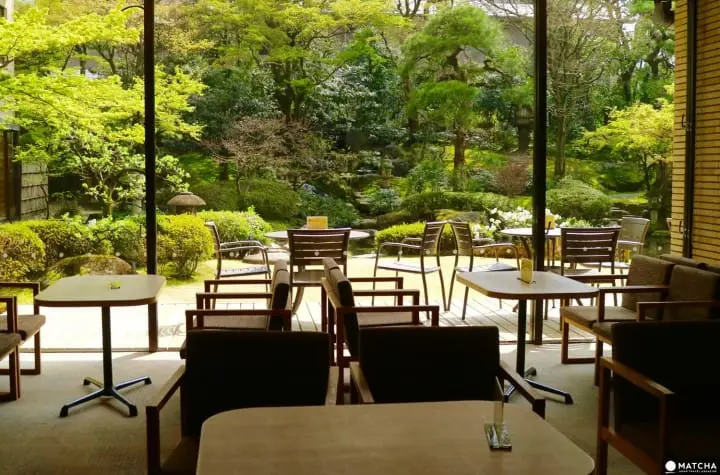
We also recommend the lobby and garden terrace. Here you can order something refreshing to drink.
6. The Changing of the Four Seasons

Photo courtesy of: Kyoto Heian Hotel
One of the most enjoyable aspects of this garden is the scenery as it changes with each season.
During the fall season when the autumn leaves are on display, the greenery of the coniferous trees mixes in with the red, yellow, and vermilion colors of the deciduous trees. The stunning color patterns will simply take your breath away.
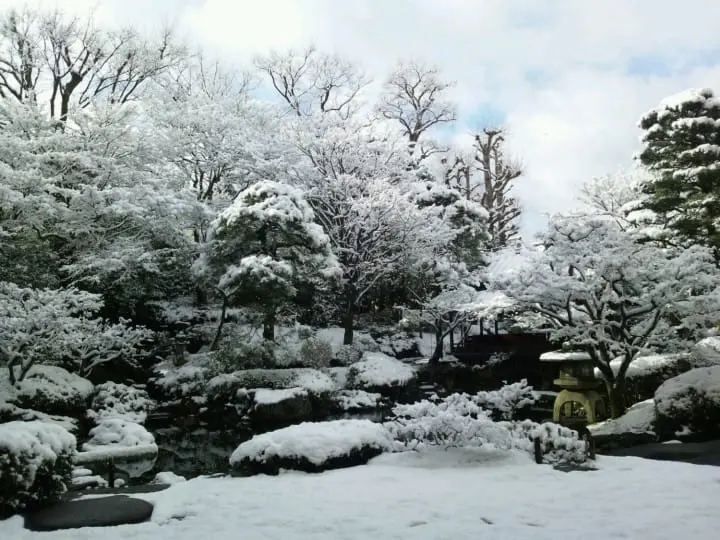
Photo courtesy of: Kyoto Heian Hotel
After the leaves fall, Kyoto's bitterly cold winter arrives. As much as ten centimeters of snow can often stay on the ground. But on days like this, the garden's canvas is magically transformed into a white monotone.
Because the face of the garden changes with each season, you're likely to make a new discovery no matter how many times you visit here.
Some Points to Consider
When visiting the garden please keep the following points in mind.
・Please don't step on areas with moss.
・Please take care not to damage the stone lanterns, the trees or plants.
・Photography is permitted. However, when taking pictures, please watch out for stairs, slopes, and rocks.
The People Who Look After the Garden

Japanese gardens are often subjected to harsh weather conditions such as typhoons, heavy rainfall, and snow in the winter. In order to maintain the garden's beauty, its upkeep must be constantly maintained with loving attention, while a variety of factors are considered.
We were told that once every two or three months upon the hotel's request, a professional gardener is called in to perform their duties, and staff responsible for the garden's daily maintenance are stationed inside the hotel as well.
If you stop and think about the dedicated staff members who take care of this splendid garden, you'll probably find that the garden starts looking even more beautiful!
You May Also Like:
Kyoto Sightseeing Guide - Don't Miss On These Must-Visit Places!
Amazing! Experience Being A Ninja At NINJA VR KYOTO!
Five Must-See Gardens Recommended to Visitors
Sanzen'in Temple: Stroll Through A Japanese Garden In Ōhara, Kyoto
In cooperation with: Kyoto Heian Hotel
日本文化、特に絵画や工芸品が好き。福岡、京都、大阪、ベルギー、アメリカを経て現在は神戸在住。座右の銘は「住めば都」。




























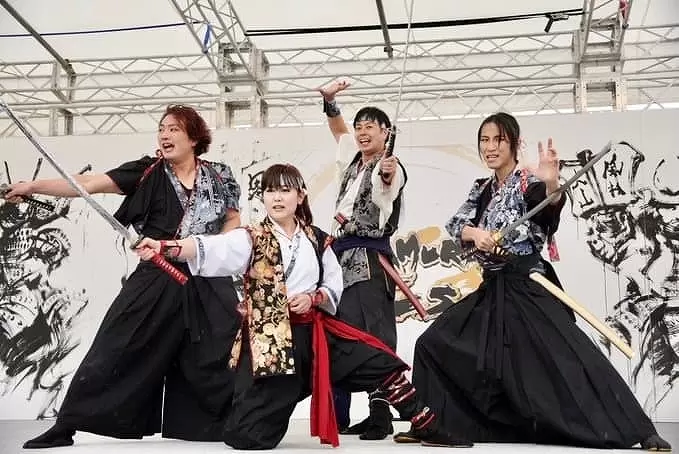









![[30 minutes by train from Nagoya] Feature Articles cherry blossom viewing spots in the tourist destination of Tokoname](https://resources.matcha-jp.com/resize/720x2000/2026/01/08-255150.webp)



![[2026] Top 5 Strawberry Picking Spots in Tokushima, Naruto| Farms and Access Guide for January to May](https://resources.matcha-jp.com/resize/720x2000/2025/03/06-227165.webp)